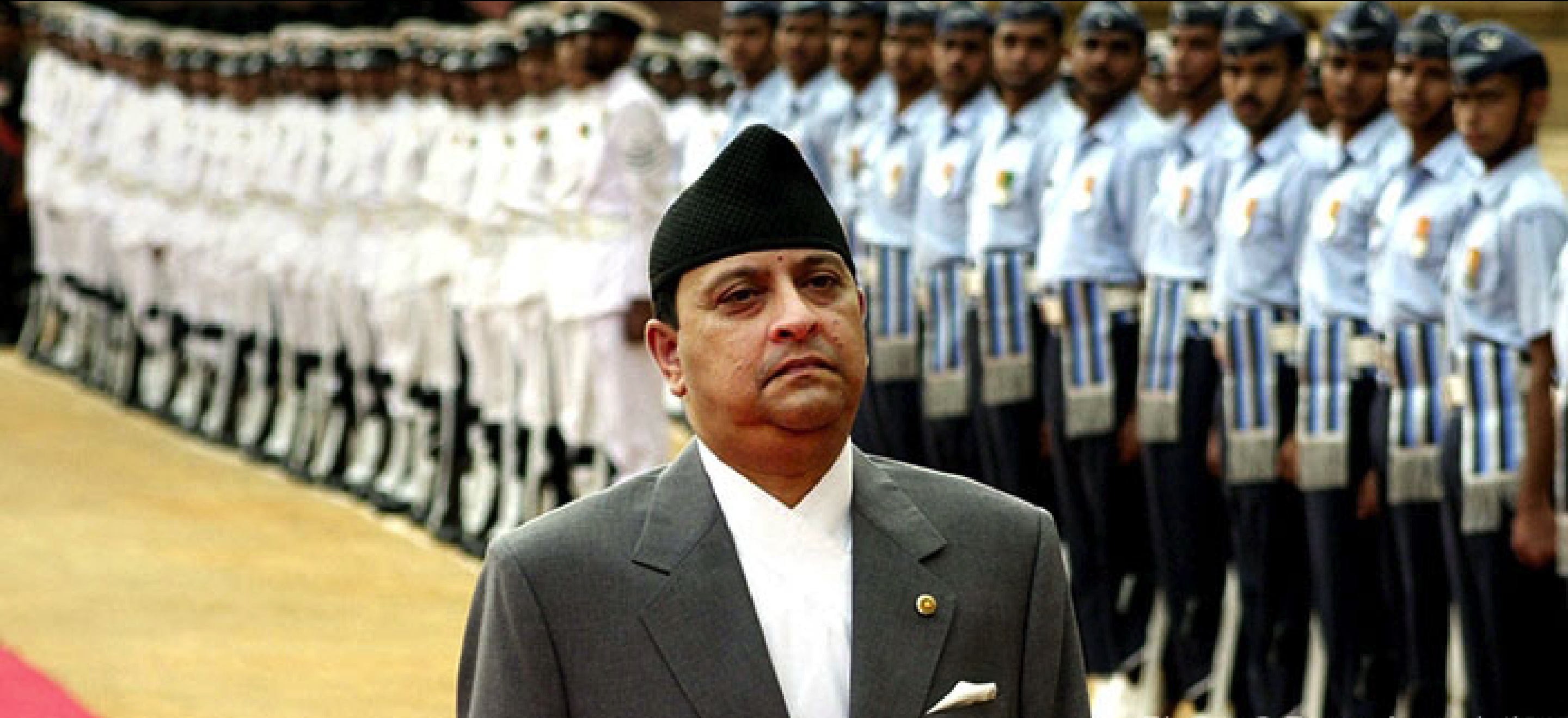China, Pakistan, and Nepal’s King: A Secret Alliance?

Who Are the People Behind the “Bring Back the King, Save the Nation” Slogan? Why Are China- and Pakistan-leaning Voices Suddenly Supporting the Monarchy?
– The same countries once closely tied to Nepal’s monarchy quietly supported its fall and the birth of the republic.
Kathmandu –In recent months, the slogan “Raja Aau, Desh Bachau” (Bring Back the King, Save the Nation) has made a comeback—resonating from street protests to TikTok videos. But who are the people behind this campaign? What are their foreign affiliations and political backgrounds? These questions have turned the spotlight on the so-called “Monarchy Restoration Movement,” adding a new geopolitical dimension to the debate.
Nepal’s Monarchy and Its Ties with China: The SAARC Proposal Episode
In 2005, then-King Gyanendra Shah proposed that China be made a permanent member of the South Asian Association for Regional Cooperation (SAARC) during a summit held in Dhaka, Bangladesh. The proposal made India uneasy and opened the door for deeper Nepal-China engagement.
During the monarchy’s reign, China increasingly invested in Nepal’s infrastructure, hydropower, education, and healthcare sectors. For Beijing, the monarchy represented a symbol of political stability in Nepal—a reliable counterpart to work with in South Asia.
Historic Friendship with Pakistan
The Nepal-Pakistan relationship grew stronger particularly during the rule of King Birendra. Bilateral cooperation deepened via SAARC and other regional channels. Pakistan built a trust-based relationship with the monarchy, partially to counterbalance India’s growing regional influence.
Yet Both Countries Remained Silent When the Monarchy Fell
Following the 2006 People’s Movement (Janandolan II), Nepal abolished the monarchy and embraced a federal democratic republic. Notably, neither China nor Pakistan raised objections to the fall of the monarchy.
In fact, on the very day Nepal promulgated its new constitution in 2015, China released a statement praising Nepal’s sovereign decision and expressing support for political stability. Pakistan, too, swiftly accepted the new republic and pledged to strengthen ties with the democratic government.
Why Are China- and Pakistan-Friendly Figures Now Championing the Monarchy?
Today, we see a curious development: several intellectuals, politicians, and NGOs aligned with China and Pakistanhave emerged as vocal supporters of the monarchy.
Why?
Analysts suggest this is a reactionary response to Nepal’s internal political crisis and rising anti-India sentiment. The monarchy is being used as a tool to channel nationalist frustrations, especially among groups disillusioned with India’s influence.
Do They Really Have Political Clout?
Despite the noise, the “Bring Back the King” campaign is largely lacking organizational muscle or mass support. Many within the movement are closely aligned with Chinese or Pakistani diplomatic and ideological circles. Ironically, however, those same countries raised no objection when the monarchy fell.
As a result, the current restoration push appears less about the monarchy itself and more about expressing anti-India discontent.
As one analyst puts it:
“These individuals are less guardians of the monarchy and more conduits of anti-India sentiment.”
India’s Role: Architect of Nepal’s Republic
During the 2006 democratic uprising, India strongly opposed King Gyanendra’s direct rule. India played a crucial role in brokering the 12-point agreement among the Nepali Congress, UML, and Maoists—laying the groundwork for the monarchy’s eventual dissolution.
Since then, India has openly supported Nepal’s democratic transition and continues to maintain strong public backing for the federal republican structure.
Conclusion: Is the “Bring Back the King” Slogan Geopolitical Theater?
Most of those championing the monarchy today are groups disillusioned with India, seeking to pivot Nepal’s orientation toward China or Pakistan.
But here lies the paradox: both Beijing and Islamabad backed the transition to a republic and have forged solid ties with democratic Nepal.
Thus, the slogan “Raja Aau, Desh Bachau” seems to mask deeper geopolitical undercurrents. More than a genuine royalist resurgence, it appears to be an expression of anti-India frustration and a search for alternative foreign alignments.
So the real question becomes:
Does Nepal genuinely need the monarchy for national stability? Or is the monarchy being used as a pawn in broader foreign strategic games?

![From Kathmandu to the World: How Excel Students Are Winning Big [Admission Open]](https://nepalaaja.com/img/70194/medium/excel-college-info-eng-nep-2342.jpg)
